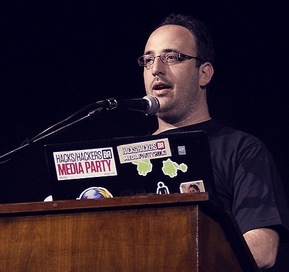
In a story on Latin America media innovation, Columbia Journalism Review (CJR) singled out several Knight International Journalism Fellows for blazing the path.
Media Factory, a project by Knight International Journalism Fellow Mariano Blejman, will provide funding and mentorship to promising digital projects in Latin America. This news accelerator was launched in January and will fund three projects: El Cambur, a network of digital media that provides a daily news bulletin aimed at Venezuela’s political moderates; GkillCity.com, a counter-cultural citizens’ media project based in Ecuador; and El Meme, a viral, Buzzfeed-like site based in Argentina.
“We see an opportunity of investment in an emerging community of people [who are] growing very fast and trying to make a change,” Blejman said about the work of Media Factory in an interview with CJR.
Knight International Journalism Fellow James Breiner is also credited with spurring this media revolution. As part of his fellowship, he launched the Digital Journalism Center (Centro de Formación de Periodismo Digital), a training center focusing on new media and the web created in partnership with the University of Guadalajara in Mexico.
Thanks to the Center, journalists across Latin America have launched digital projects of their own. Among them: Emma Amador, who created an investigative news blog in Nicaragua on local issues that other media don’t cover.
_You can read the complete CJR story here._
Image: Mariano Blejman. Photo courtesy of Ramiro Chanes.